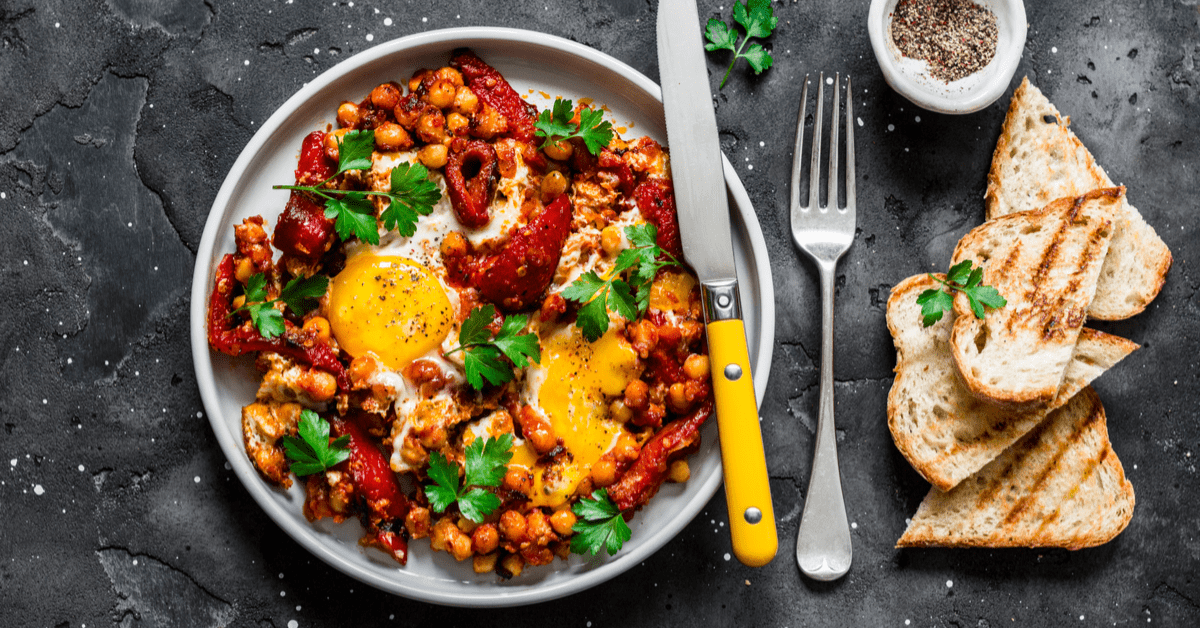Embark on a culinary journey through the vibrant world of Middle Eastern cuisine, where deliciousness knows no bounds, even without eggs! This exploration unveils a treasure trove of egg-free appetizers, main courses, sides, breads, and desserts, each dish bursting with authentic flavors and textures. Prepare to be captivated by the aromatic spices, the refreshing salads, and the comforting warmth of traditional recipes reimagined for egg-free enjoyment. Discover the secrets to creating stunning meals that will leave your taste buds singing and your guests clamoring for more.
From the creamy smoothness of classic dips adapted for egg-free perfection to the hearty satisfaction of robust main courses, this collection offers a diverse range of options for every palate. Learn how simple substitutions can transform traditional recipes into egg-free masterpieces, maintaining the integrity of the original flavors while catering to dietary needs. Explore the nutritional benefits of these dishes, highlighting the abundance of fresh vegetables, wholesome grains, and aromatic herbs that contribute to a healthy and delicious eating experience.
Popular Egg-Free Middle Eastern Appetizers

The vibrant culinary landscape of the Middle East offers a treasure trove of delicious appetizers, many of which are naturally egg-free and perfect for sharing. These dishes, bursting with fresh herbs, fragrant spices, and a medley of textures, are a delightful introduction to the region’s rich gastronomic heritage. They are easily adaptable to various dietary needs and preferences, making them ideal for gatherings and celebrations.
Five Popular Egg-Free Middle Eastern Appetizers
The following table details five popular egg-free appetizers, highlighting their key ingredients and preparation steps, along with serving suggestions to enhance the dining experience.
| Dish Name | Ingredients | Preparation | Serving Suggestions |
|---|---|---|---|
| Baba Ghanoush | Smoked eggplant, tahini, lemon juice, garlic, olive oil, salt, cumin | Roast eggplant until soft, scoop out flesh, blend with remaining ingredients until smooth and creamy. | Serve with pita bread, vegetables, or crackers. Garnish with paprika and a drizzle of olive oil. |
| Hummus | Chickpeas, tahini, lemon juice, garlic, olive oil, salt | Cook or use canned chickpeas, blend with tahini, lemon juice, garlic, and olive oil until smooth. Season with salt. | Serve with pita bread, vegetables, falafel, or as a spread for sandwiches. |
| Muhammara | Roasted red peppers, walnuts, breadcrumbs, pomegranate molasses, olive oil, lemon juice, garlic, chili flakes | Roast red peppers until charred, blend with walnuts, breadcrumbs, pomegranate molasses, olive oil, lemon juice, garlic, and chili flakes until a thick paste forms. | Serve with pita bread or vegetables. A beautiful garnish would be a sprinkle of chopped walnuts and pomegranate seeds. |
| Tabbouleh | Bulgur wheat, parsley, mint, tomato, onion, lemon juice, olive oil, salt | Soak bulgur wheat, finely chop vegetables and herbs, combine all ingredients, and let sit for at least 30 minutes to allow flavors to meld. | Serve as a refreshing salad, a side dish, or as a filling for pita bread. |
| Dolmas (Stuffed Grape Leaves) (Egg-free version) | Grape leaves, rice, herbs (parsley, mint, dill), onion, lemon juice, olive oil, salt | Prepare rice mixture, fill grape leaves, simmer in water or broth until rice is cooked. | Serve warm or at room temperature as a side dish or appetizer. A squeeze of fresh lemon juice just before serving brightens the flavors. |
Three Variations of a Classic Egg-Free Middle Eastern Dip
Exploring variations on a classic egg-free Middle Eastern dip allows for a diverse range of flavor profiles and textures. The base recipe can be easily adapted to suit individual preferences and the availability of ingredients.
Classic Hummus: This version features a smooth, creamy texture with a balanced flavor profile of earthy chickpeas, nutty tahini, bright lemon, and pungent garlic. The olive oil adds richness and a subtle fruity note. The consistency is velvety and easily spreadable.
Spicy Roasted Red Pepper Hummus: Incorporating roasted red peppers adds a smoky sweetness and vibrant color. The peppers’ natural sweetness complements the savory chickpeas and tahini, creating a more complex flavor profile. The texture remains smooth and creamy, with a subtle hint of smokiness.
Carrot and Ginger Hummus: This variation introduces a surprising twist with the addition of grated carrots and fresh ginger. The carrots add a touch of sweetness and a vibrant orange hue, while the ginger provides a warm, spicy kick. The texture is slightly thicker than classic hummus, with a pleasant, slightly crunchy element from the carrots.
Infographic: Preparing Baba Ghanoush
Imagine a three-panel infographic.
Panel 1: Eggplant Preparation (Image Description: A whole eggplant, glistening with olive oil, sits on a baking sheet in an oven. Arrows point to the eggplant and the oven). The first step involves selecting a ripe, firm eggplant. Thoroughly wash and dry the eggplant. Pierce the skin with a fork several times to prevent it from exploding during roasting. Drizzle generously with olive oil, ensuring the entire surface is coated. Roast in a preheated oven at 400°F (200°C) for approximately 45-60 minutes, or until the eggplant is completely soft and the skin is slightly charred.
Panel 2: Blending and Seasoning (Image Description: A food processor filled with roasted eggplant flesh, tahini, garlic, and lemon juice. A hand is holding a spoon, gently stirring the mixture). Once the eggplant is cool enough to handle, carefully cut it in half lengthwise and scoop out the flesh, discarding the skin. Place the eggplant flesh in a food processor along with tahini, minced garlic, lemon juice, salt, and cumin. Blend until completely smooth and creamy, adding a tablespoon of water at a time if needed to achieve desired consistency.
Panel 3: Serving and Garnishing (Image Description: A beautiful bowl of baba ghanoush, elegantly garnished with paprika and a drizzle of olive oil, accompanied by pita bread and vegetables). Transfer the baba ghanoush to a serving bowl. Drizzle generously with high-quality olive oil. Sprinkle with smoked paprika for a vibrant color and smoky flavor. Serve immediately with pita bread, crudités (such as cucumber, carrot sticks, and bell pepper slices), or toasted baguette slices.
This captivating exploration of egg-free Middle Eastern cuisine has unveiled a world of culinary possibilities, proving that deliciousness transcends dietary restrictions. The vibrant tapestry of flavors, textures, and aromas showcased in these recipes offers a unique and rewarding culinary adventure. Whether you’re a seasoned cook or a kitchen novice, the detailed instructions and insightful tips provided will empower you to create stunning meals that are both satisfying and impressive. So, gather your ingredients, embrace the journey, and prepare to be amazed by the culinary magic that awaits!
Detailed FAQs
Can I freeze these egg-free Middle Eastern dishes?
Many of these dishes freeze well. It’s best to freeze them in individual portions for easier reheating. Allow them to cool completely before freezing.
Are all the ingredients easily accessible?
Most ingredients are readily available in well-stocked supermarkets or Middle Eastern grocery stores. You may need to search for some more specialized spices, but many are readily available online.
What are some good substitutions for specific ingredients if I can’t find them?
Specific substitutions will depend on the recipe. For example, tahini can sometimes be substituted with sunflower seed butter, but the flavor will be different. Consult the individual recipe for the best suggestions.
How can I make these dishes spicier or milder?
Adjust the amount of chili powder, harissa paste, or other spices according to your preference. Start with less spice and add more gradually to taste.


